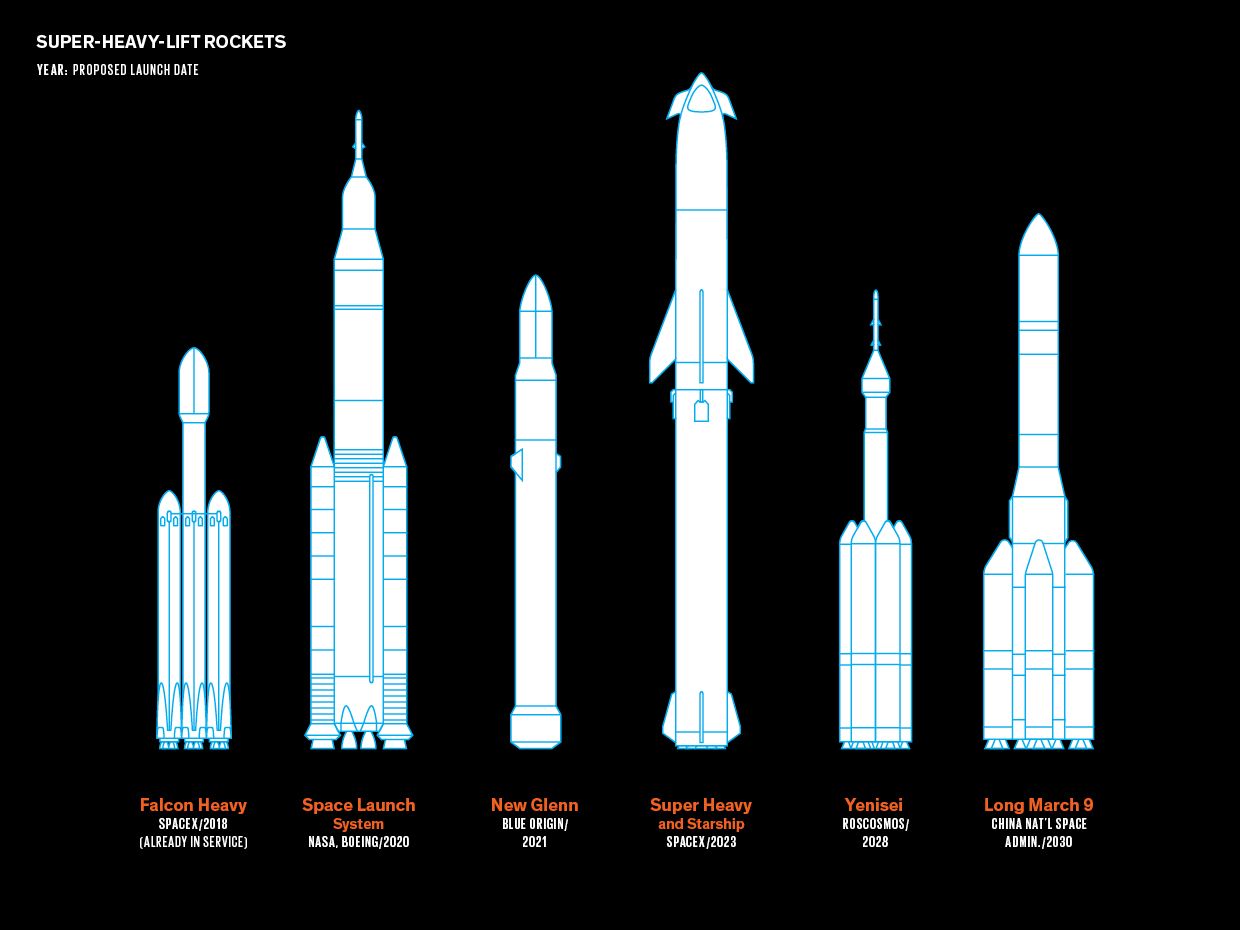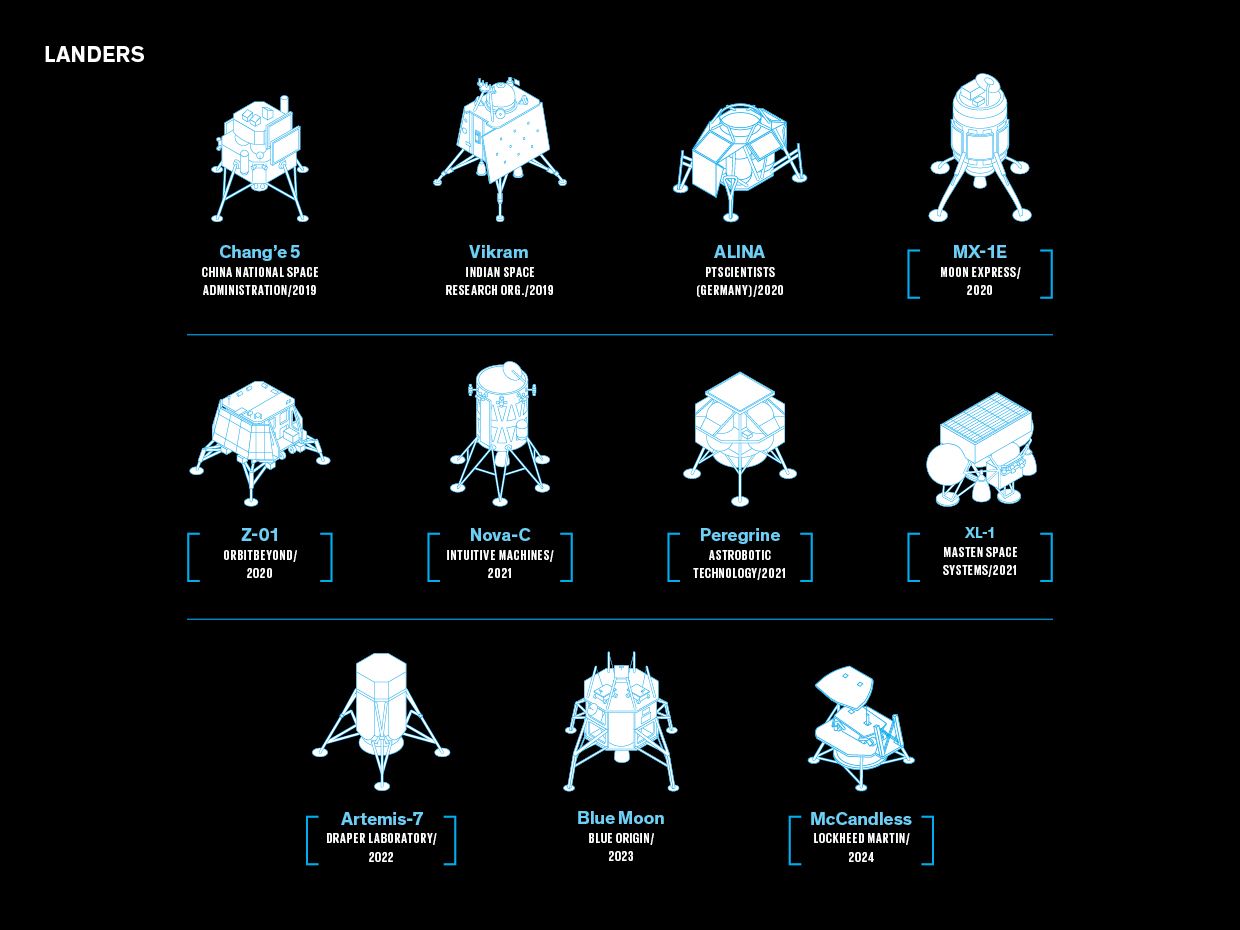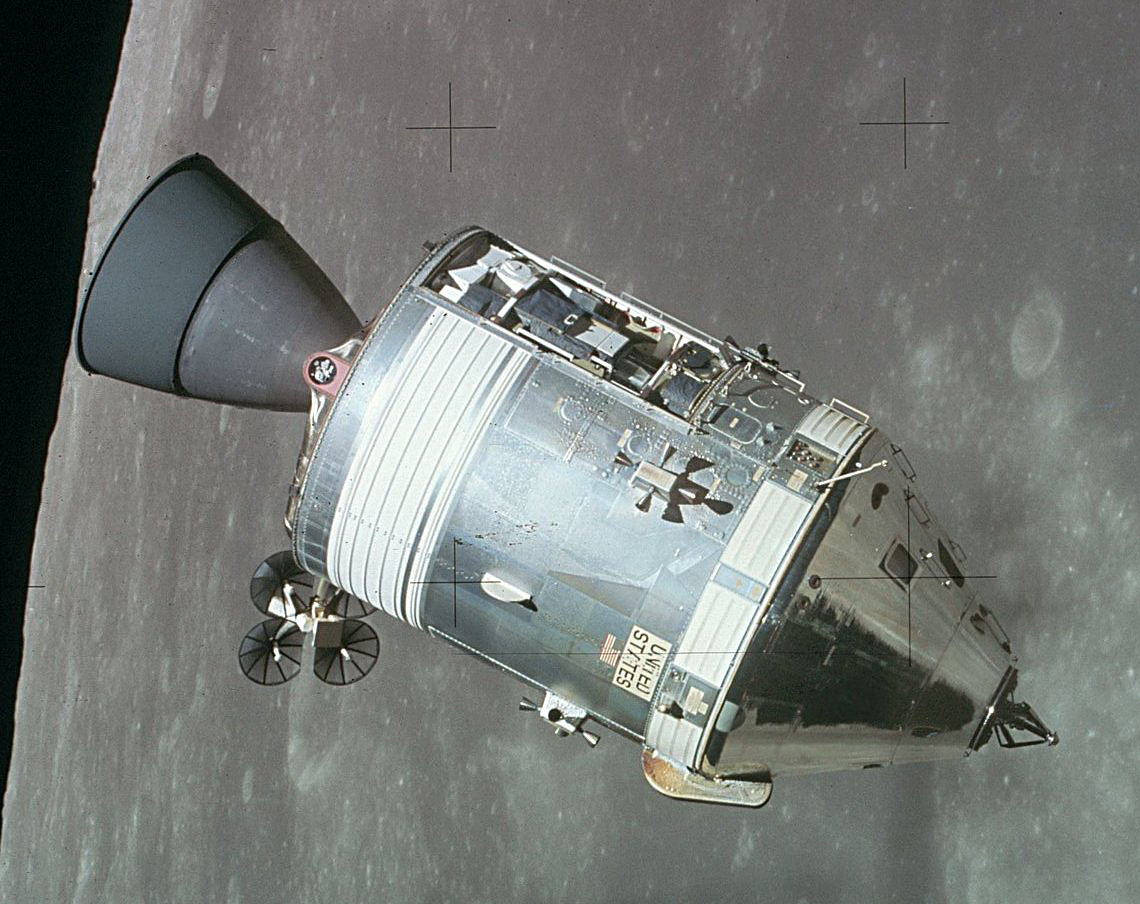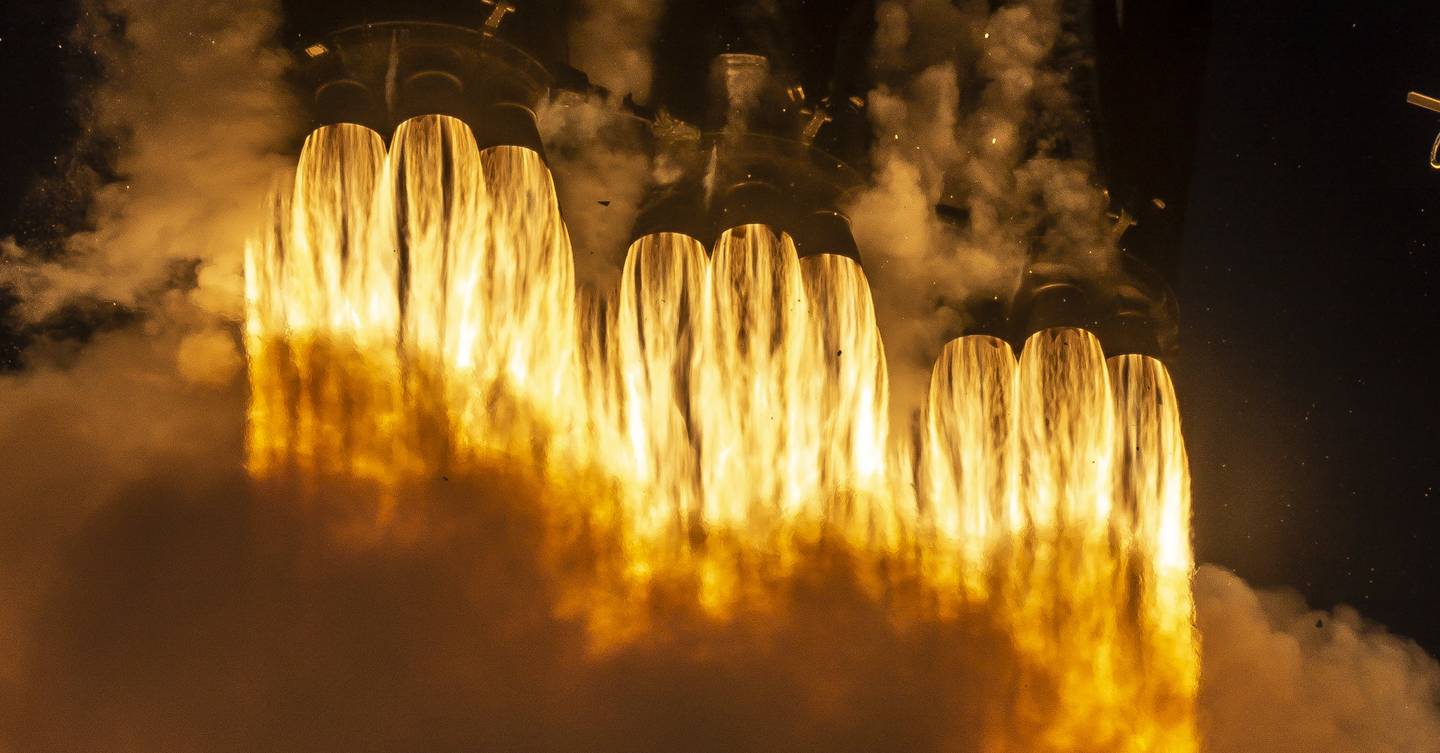Install the app
How to install the app on iOS
Follow along with the video below to see how to install our site as a web app on your home screen.
Note: This feature may not be available in some browsers.
You are using an out of date browser. It may not display this or other websites correctly.
You should upgrade or use an alternative browser.
You should upgrade or use an alternative browser.
Avaruus
- Viestiketjun aloittaja Juke
- Aloitus PVM
tulikomento
Supreme Leader
Apollo 11 -aiheinen teemauutinen tämäkin.

 www.hs.fi
www.hs.fi

Kuussa käyneiden astronauttien hapertuvat asut kunnostetaan: ”Nämähän tehtiin kertakäyttöön”
Kuussa kävi 12 astronauttia 1969–1972. Heidän varusteensa ovat alkaneet rapistua 50 vuodessa. Washingtonin ilmailumuseon konservaattorit kunnostavat asut tuleviin näyttelyihin.
tulikomento
Supreme Leader

K1, J1: Kohti Kuuta | Historia: Kuun valloittajat
1/6. Kohti Kuuta. Ensimmäinen ihminen laskeutui Kuun kamaralle heinäkuussa 1969, mutta idea Kuun valloituksesta syntyi jo paljon aiemmin. Maailma oli jakaantunut itään ja länteen, mikä johti kilpajuoksuun Kuun valloituksesta. Kun amerikkalaiset lopulta astuivat Kuun pinnalle koko maailma seurasi...



https://spectrum.ieee.org/aerospace/space-flight/three-steps-to-a-moon-baseIn 1968, NASA astronaut Jim Lovell gazed out of a porthole from lunar orbit and remarked on the “vast loneliness” of the moon. It may not be lonely place for much longer. Today, a new rush of enthusiasm for lunar exploration has swept up government space agencies, commercial space companies funded by billionaires, and startups that want in on the action. Here’s the tech they’re building that may enable humanity’s return to the moon, and the building of the first permanent moon base.

UPDATE: IN-FLIGHT ABORT STATIC FIRE TEST ANOMALY INVESTIGATION
On Saturday, April 20, 2019 at 18:13 UTC, SpaceX conducted a series of static fire engine tests of the Crew Dragon In-Flight Abort test vehicle on a test stand at SpaceX’s Landing Zone 1, Cape Canaveral Air Force Station in Florida.
tulikomento
Supreme Leader
Iki-ihana avaruusnörtti Amy Shira-Teitel kertoo siitä mitenkä kanadalaisilla oli roolinsa 1960-luvulla USA:n avaruusohjelmassa. Harva tietänee että 50-luvulla Kanadalla oli todella vahva ja pitkälle kehittynyt ilmailuteollisuus. CF-105 Avro Arrow oli oman aikansa huippuunsa kehitetty torjuntahävittäjä. Projekti kaatui ja sen jälkeen kanadalaista tietotaitoa valui Yhdysvaltoihin.
Suurella todennäköisyydellä lennot lykkääntyy tämän räjähdyksen takia.

UPDATE: IN-FLIGHT ABORT STATIC FIRE TEST ANOMALY INVESTIGATION
On Saturday, April 20, 2019 at 18:13 UTC, SpaceX conducted a series of static fire engine tests of the Crew Dragon In-Flight Abort test vehicle on a test stand at SpaceX’s Landing Zone 1, Cape Canaveral Air Force Station in Florida.www.spacex.com
SpaceX Reveals How Its Crew Dragon Spacecraft Exploded - And It May Not Launch Humans In 2019.
"With this vehicle destroyed, however, SpaceX noted that the vehicle built for Demo-2 – the first crewed launch, traveling to the International Space Station (ISS) – would now be used for the abort test. Demo-2 will instead use the vehicle planned for Crew Dragon’s first full mission to the ISS, Crew-1.
As for when those launches might occur, that’s unclear at the moment. SpaceX had hoped to launch its first humans to space in July 2019, but that is obviously off the table now. There is the possibility this launch could occur before the end of 2019, although Koenigsmann said this was becoming “increasingly difficult”."
https://www.forbes.com/sites/jonath...t-exploded-but-may-not-launch-humans-in-2019/
Suurella todennäköisyydellä lennot lykkääntyy tämän räjähdyksen takia.
Ehkä miehitetyt lennot, mutta ei kuitenkaan vuosikaupalla, sillä en usko että Musk aikoo istua käsiensä päällä kauan aikaa tämän asian kanssa. Testit pitää suorittaa menestyksellä loppuun ja sitten bisnes rullaa. On parempi että testaavat ja saavat asiat hiottua kuntoon, niin että sitä ei sitten testata kun hätä on päällä.
tulikomento
Supreme Leader
Mike Collins oli 16.7. paikalla muistelemassa Apollo 11:n laukaisua. Jostain syystä Buzz Aldrin ei ollut läsnä.
Fremen
Greatest Leader
Nyt selvisi tämä itseäni jo pitkään askarruttanut asia! Kaikkea se saksmanni keksikin Peenemundessä... todella mekaaninen ja 'pomminvarma' systeemihän tuo on, sellainen fiilis tuli tosin että noiden esiventtiilien avaamisen jälkeen @T-10min tuota ei normijärjellä varustettu miesoletettu rupea enää huuhtelemaan ja raahaamaan takaisin autotalliin. Eli kyllä se kynttilä siitä johonkin on ammuttava! Antaa jotain ajatuksia jo sille miten uudelleenkäynnistettävä komentomoduulin moottori toimi avaruuden painottomassa tyhjiössä, paitsi ettei ollut gravity-assistiä eli miten perhanassa se ajoaine saatiin sinne turbopumppuun? Oliko joku kaasupatruuna jolla nostettiin painetta tankkien sisällä jotenkin? Ehkä jonkun verkko-/ kalvopussin sisällä?
Viimeksi muokattu:
SPS:n (AJ10-137) polttoaine saatiin asettumaan tankeissa oikein ohjausmoottorien (RCS) pienellä poltolla. Hyvinkin vähäinen kiihdytys riittää pakottamaan nestemäisen osan tankkien "pohjalle," putkiin ja pumppuun asti. RCS:n polttoainetankeissa taas kuplien muodostuminen estettiin eristämällä polttoaine paineistavasta heliumista tefloniseen muovirakkoon. Englanninkielinen termi boldatulle prosessille on "ullage."Antaa jotain ajatuksia jo sille miten uudelleenkäynnistettävä komentomoduulin moottori toimi avaruuden painottomassa tyhjiössä, paitsi ettei ollut gravity-assistiä eli miten perhanassa se ajoaine saatiin sinne turbopumppuun? Oliko joku kaasupatruuna jolla nostettiin painetta tankkien sisällä jotenkin? Ehkä jonkun verkko-/ kalvopussin sisällä?
Ja lähdeviite:

Apollo command and service module - Wikipedia

Apollo command and service module - Wikipedia
tulikomento
Supreme Leader
Buzz Aldrinin tuoreet kommentit liittyen Apollo 11:n laskeutumiseen kuussa. 89 vuotta ikää ja mies näyttää ihan hyvinvoivalta, mutta ennen pitkäähän edessä on se hetki jolloin Apollo-lentojen miehet ovat siirtyneet ajasta ikuisuuteen. Henk.koht. täytyy kehua, että minulla on muutaman Apollo-astronautin nimmarit kokoelmassani, ml. Apollo 11 -kolmikko Armstrong, Aldrin ja Collins.
Fremen
Greatest Leader
Kuten tiedämme, kaikki meni lopulta hyvin, mutta hallinnossa valmistauduttiin myös huonoimpaan mahdolliseen vaihtoehtoon eli vikaan kuumoduulissa, jonka seurauksena astronautit olisivat jääneet loukkuun kuun pinnalle - pelastusmissio oli luonnollisesti täysin poissuljettu ajatus.
William Safire kirjoitti presidentille puheen, joka tuli julkisuuteen vasta vuonna 1999 - Valkoisen talon vuosiensa jälkeen Safire piti vuosikymmeniä suosittua puheenkirjoitus ja julkinen puhuminen -kolumnia New York Times -lehdessä, eikä koskaan maininnut asiasta sanallakaan.
Tämä nimetön puhe tunnetaan yleisesti "kauneimpana puheena, jota ei koskaan pidetty".
On event of moon disaster:
William Safire kirjoitti presidentille puheen, joka tuli julkisuuteen vasta vuonna 1999 - Valkoisen talon vuosiensa jälkeen Safire piti vuosikymmeniä suosittua puheenkirjoitus ja julkinen puhuminen -kolumnia New York Times -lehdessä, eikä koskaan maininnut asiasta sanallakaan.
Tämä nimetön puhe tunnetaan yleisesti "kauneimpana puheena, jota ei koskaan pidetty".
On event of moon disaster:
Fate has ordained that the men who went to the moon to explore in peace will stay on the moon to rest in peace.
These brave men, Neil Armstrong and Edwin Aldrin, know that there is no hope for their recovery. But they also know that there is hope for mankind in their sacrifice.
These two men are laying down their lives in mankind’s most noble goal: the search for truth and understanding.
They will be mourned by their families and friends; they will be mourned by their nation; they will be mourned by the people of the world; they will be mourned by a Mother Earth that dared send two of her sons into the unknown.
In their exploration, they stirred the people of the world to feel as one; in their sacrifice, they bind more tightly the brotherhood of man.
In ancient days, men looked at stars and saw their heroes in the constellations. In modern times, we do much the same, but our heroes are epic men of flesh and blood.
Others will follow, and surely find their way home. Man’s search will not be denied. But these men were the first, and they will remain the foremost in our hearts.
For every human being who looks up at the moon in the nights to come will know that there is some corner of another world that is forever mankind.
WILLIAM SAFIRE / NIXON-ADMINISTRASJONENS ARKIVER
miheikki
Greatest Leader
miheikki
Greatest Leader
Protonin epäonnistunut laukaisu vuodelta 2013.






http://www.marsdaily.com/reports/Europe_prepares_for_Mars_courier_999.htmlThe first round-trip to the Red Planet will see a European orbiter bringing martian samples back to Earth. ESA is opening the door to industry to build the spacecraft that will deliver the precious rocks, dust and gas from Mars - the key to understanding whether life ever existed on our closest planetary neighbour.
This 'take-away' service is called the Earth Return Orbiter, and will be ESA's major contribution to the Mars Sample Return campaign. The ESA Orbiter will carry NASA's Capture and Containment and Return System, which will rely on the ESA-led spacecraft for transit to and from Mars.
Three launches from Earth and one from Mars - the first ever from another planet -, two rovers and an autonomous capture in Mars orbit are all part of an ambitious series of missions that ESA is embarking on together with NASA.
The campaign aims to bring at least 500 grams of samples back from the Jezero crater that once held a lake and contains an ancient preserved river delta. The rocks in the area preserve information about Mars' diverse geology.
NASA's Mars 2020 rover that is slated for launch in July 2020 will scientifically select the best samples to store in tubes and deposit them onto the martian surface for later retrieval.
ESA is also studying concepts for a small 'fetch' rover to scurry quickly across the martian surface to locate and recover the stored samples.
It would then carry them back to a football-sized canister that would be launched with a NASA Mars Ascent System - a small rocket.
The Earth Return Orbiter will capture the canister in orbit and transfer it safely to Earth, a return trip that will take about 13 months.
"We will have the responsibility of finding, capturing and transporting these precious martian treasures home for careful analysis in state-of-the-art labs on our planet," explains Sanjay Vijendran, ESA's Mars Sample Return campaign coordinator. "It's an interplanetary treasure hunt!"
SpaceX CEO Elon Musk has his mind set on going to Mars. To do so will require a vast new spacecraft, powered by a new rocket engine unlike anything that’s been seen before. Step forward Raptor, the future of SpaceX’s endeavours.
Raptor is designed to power the new reusable vehicles SpaceX’s is building, the Starship spacecraft and the Super Heavy rocket. Combined, these vast machines are designed to take up to 100 people into space, possibly to the Moon and Mars, with a tentative launch of humans around the Moon planned in 2023. SpaceX tested the first flight-ready version of Raptor in February 2019 and, last week, it flew a Raptor for the first time on a “hop” test of a prototype of Starship, called Starhopper.
The engine has been in development for the better part of a decade, going through a number of iterations. At its core it’s like other engines, burning chemical fuel to produce thrust. But its use of liquid oxygen and methane – something largely unprecedented in the rocket industry – and its innovative design means that it just might be SpaceX’s ace in the hole when it comes to exploring the Solar System.
“There is no other rocket engine capable of producing as much energy out of liquid methane and liquid oxygen as the Raptor engine,” says Tim Dodd, an industry expert who runs the popular Everyday Astronaut YouTube channel. “And making it more reusable with little to no refurbishment is the idea. That’s definitely going to help their business case if they can just fly over and over.”

The wild physics of Elon Musk's methane-guzzling super-rocket
To get humans to Mars, SpaceX is building the mighty Starship spacecraft, powered by the raptor engine - one of the first to be powered by methane and designed to be reused 1,000 times
A full-flow stage combustion engine refers to how a pump spins a turbine to drive the engine, using what’s called a preburner to get this process going by injecting a small amount of fuel. Normally some of the propellant is expended in a traditional open cycle engine to start this process, but Raptor will use every drop of propellant available, making it one of the most efficient rocket engines ever built.
“Raptor burns that fuel at a high enough pressure that can then steer the fire from preburner back into the combustion chamber and completely burn that propellant with the rest of the propellants,” says space consultant Charlie Garcia from the Massachusetts Institute of Technology (MIT). “And it does this in a very clever way that only the Russians have done previously… by putting all the propellant in the engine through the preburners.”
The end result is that Raptor has a much higher pressure than Merlin, about three times greater, making it the highest pressure rocket engine in existence and leading to its aforementioned larger thrust than Merlin despite its similar size. In 2016, Musk referred to the “insane pressure” inside the main chamber of the engine, 300 bars, which required the development of a new metal alloy.
Itse uskon että meidän on melko pakko käyttää ydin ja fuusio reaktoreita koko aurinkokunnan tutkimisessa. Kemialliset raketit on niin meh niihin verrattuna.

